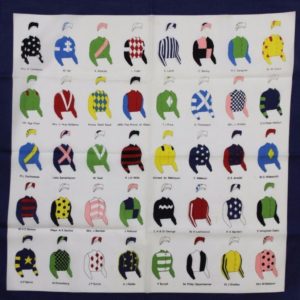Before First Flow, what was Kim Bailey’s last Grade One winner?
After he had given 17lb and upwards away to his rivals when recording a game, albeit narrow, victory, on heavy going, in the Castleford Handicap Chase at Wetherby in December, 2020, Kim Bailey described First Flow, who was completing a five-timer, as an ‘extraordinary horse’. However, the Andoversford trainer had further cause for celebration the following month, when the 9-year-old belied odds of 14/1 to win the Grade One Clarence House Chase at Ascot and, in so doing, beat the reigning two-mile champion chaser, Politologue, by 7 lengths at level weights.
Victory in the Clarence House Chase was also notable for the fact that it was the first time in 9,443 days, or 25 years, 10 months and 5 days, that Bailey had saddled a Grade One winner. Remarkably, his last winner at the highest level was Master Oats, ridden by the long-retired Norman Williamson, in the Cheltenham Gold Cup in 1995! To be fair, having won the Champion Hurdle 48 hours earlier with Alderbrook, Bailey was completing the Champion Hurdle – Cheltenham Gold Cup double, making him the last trainer to do so. Nevertheless, fans of nostalgia might like to know that, at the time, John Major was Prime Minister, a pint of lager cost £1.66 and ‘rogue trader’ Nick Leeson had just caused the collapse of Barings Bank.
 They help identify each horse in a race, the owner choosing their design such as shapes and colours. This consists of a top and cap. The cap may be a different colour and design from the top.
They help identify each horse in a race, the owner choosing their design such as shapes and colours. This consists of a top and cap. The cap may be a different colour and design from the top.